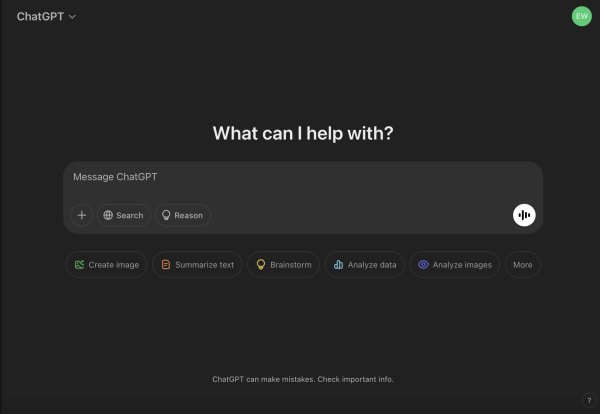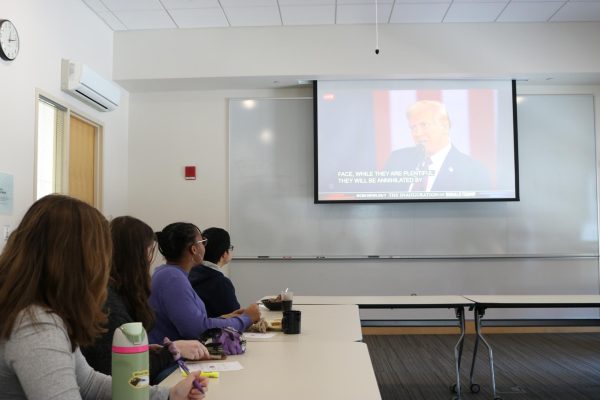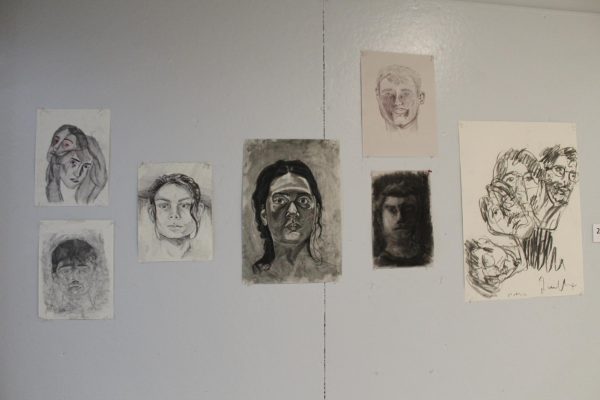Corona Culture Column: The Importance of Face-to-Face Connection
Hello, I’m Najá, the Managing Editor for the Features section of The Bates Student. This column is meant to express the first-person narratives of college students attending an in-person school during the pandemic. And in this submission I plan to do just that.
Seeing my professor’s face on Zoom for the first time was a great relief. For my seminar class one day, we switched from our normal in-person class to doing a writing workshop over Zoom. This is when I saw all of my classmates’ and my professor’s unmasked faces for the first time. One of the reasons why I love Bates is the vibrant class dynamic and the charisma and curiosity that comes, seemingly, by virtue of us being students at this college. I think that this energy has stayed true in this class, but I never thought that I could form connections with other students or professors without knowing what their faces looked like.
Not to get too “we-live-in-a-society,” but I feel like social media has distinguished one’s face as the most important part of one’s identity. I feel like this is a fairly new phenomenon. It’s funny that I can recognize someone from social media but have no clue about their interests, aspirations or opinions. For much of the United States’ history, people didn’t even know what the presidents looked like since photographs weren’t put to print until the middle of the 19th century.
I’ve been sharing ideas, learning and growing with people that I could barely recognize without a mask. I feel that this experience has almost created a new sense of anonymity, as it’s not a person speaking up in class — but a masked person.
Seeing my professor smile in the Zoom class and his comments about how this was the first time he has seen our faces almost brought me to tears. Putting such an investment into teaching a class of students with this strange, but incredibly important, barrier must be weird for professors as well. In some ways, discussions feel completely impersonal, since mouth gestures and movement are so important in verbal communication. Not to say that classes are less rewarding, but I’ve just felt a distinct level of impersonality when speaking up in the classroom.
This is completely flipped with my remote class. On Zoom, a platform that is inherently distant and inhuman, I can discuss with a professor and my fellow classmates in a more real way because we are communicating with our full faces. The sacrifices with remote learning are clear, but there is a level of comfort in being able to see my classmates smile or think.
Your donation will support the student journalists of Bates College and help us cover our annual website hosting costs.






